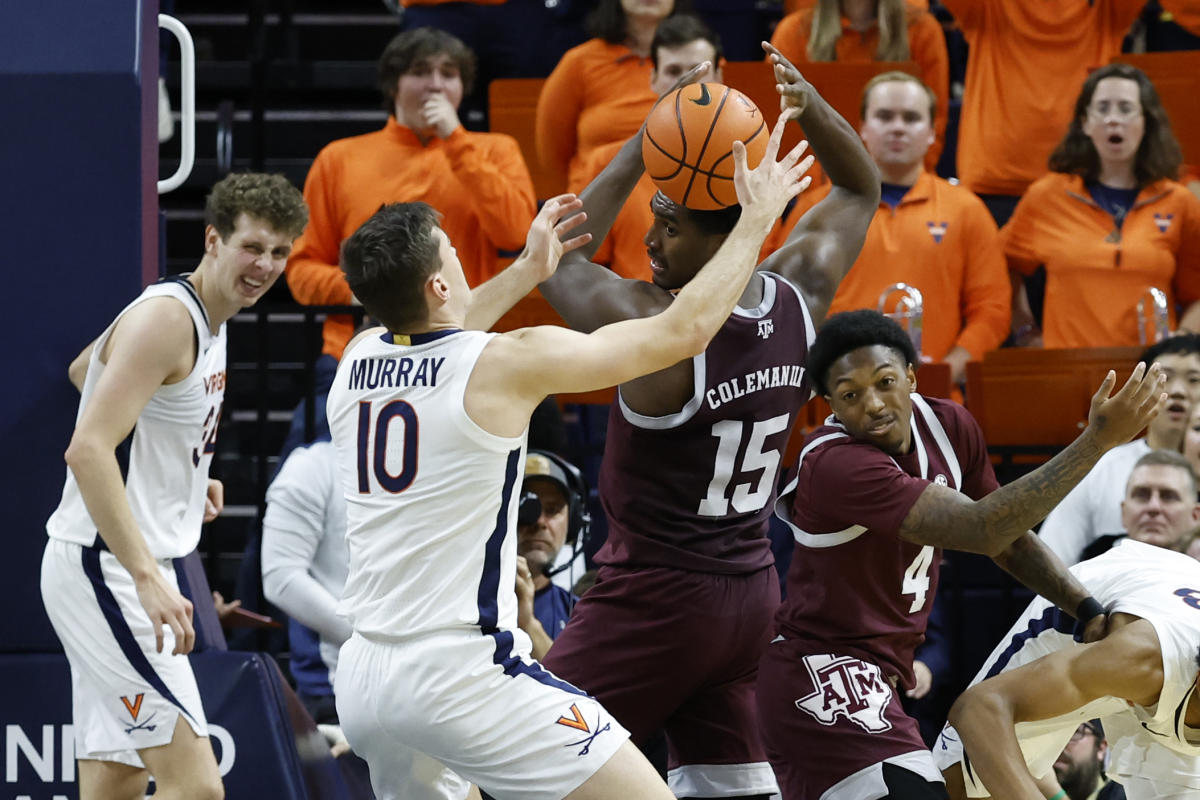Isaiah Hartenstein, known for his impressive full-court passes after grabbing defensive rebounds, has a unique ability to anticipate the movements of his teammates without even looking up the court. This skill was honed in his childhood, as his father would practice outlet passes with him. Hartenstein’s peripheral vision and awareness were further developed during his time with Nikola Jokić in Denver. He knows exactly where to look after securing the rebound, whether it be for a streaking teammate down the court or another player who can handle the ball.
The New York Knicks have a deep roster of ballhandlers, allowing Hartenstein to outlet to anyone on the court. This aligns perfectly with the team’s strategy of playing fast and taking advantage of opportunities in transition. While the starting unit excels in half-court sets, the bench unit, which includes Hartenstein, has a different approach. Anyone can grab a rebound and push the ball up the court for a quick score.
This change in strategy is not only due to the personnel on the court but also a deliberate decision by head coach Tom Thibodeau. He understands the importance of playing to the team’s strengths and covering up weaknesses. With a smaller and quicker bench unit, the Knicks can play at a faster pace and create easy offense from quick breaks. Thibodeau recognizes the advantage of having players like Josh Hart, who can exploit mismatches and put opposing defenses at a disadvantage.
The second unit, despite being smaller in size, is a better rebounding group than last season. Hart brings ferocious energy to the team and is known for winning 50-50 balls. Barrett, DiVincenzo, and Quickley are also strong rebounders who excel at securing long rebounds. This ability is valuable in today’s NBA, where jump shots lead to more errant rebounds that need to be chased down.
When Barrett grabs a defensive rebound, his first instinct is to look for a teammate who has gotten behind the defense. He then assesses the spacing on the court and makes a play based on that information. By eliminating the need to wait for a guard to bring the ball up the floor, the Knicks can immediately transition into their offense and catch opponents off guard.
The effectiveness of this grab-and-go strategy is evident in the numbers. Last season, the Knicks scored an incredible 127.9 points per 100 possessions on plays following Hart’s defensive rebounds. This level of efficiency is comparable to the Golden State Warriors’ offense with Stephen Curry shooting a three-pointer on every possession. Similarly, when DiVincenzo played for the Warriors, they scored 117.6 points per 100 possessions on plays following his defensive rebounds.
The benefits extend beyond just fast-break points. When the Knicks push the ball up the court quickly, defenses scramble to stop them, often leading to mismatches that can be exploited later in the possession. This is why the offense remains effective even when Hartenstein, the team’s center, grabs the rebound. The Knicks scored an impressive 125.8 points per 100 possessions on plays following his defensive rebounds.
In conclusion, Isaiah Hartenstein’s ability to anticipate his teammates’ movements and make accurate outlet passes has become a crucial part of the New York Knicks’ fast-paced style of play. With a deep roster of ballhandlers, the team can quickly transition from defense to offense and create scoring opportunities in transition. This strategy has proven to be highly effective, leading to impressive offensive numbers and causing headaches for opposing defenses.

Emily Turner is your source for everything NBA. As a dedicated basketball enthusiast, she offers insights into NBA games, player highlights, trade rumors, and the league’s evolving dynamics. Emily’s love for the sport shines through in her comprehensive NBA coverage.




:no_upscale()/cdn.vox-cdn.com/uploads/chorus_image/image/72931262/usa_today_21973134.0.jpg)


